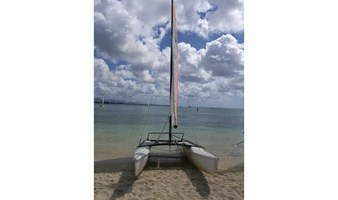

漫步后工业时代滨水空间,走读大上海百年工业遗迹 Yangpu Riverfront Citywalk
Hide
Event DetailsHide...
如果你工作学习在上海,却不知道去哪里度过一个有意义又与众不同的周末;如果你出生成长于上海,也喜欢走进梧桐掩映下的百年街区和魔都卓越水岸;如果你来上海旅游,却不知道除了外滩东方明珠陆家嘴外,能去哪里感受真正的海派风情;请来参我们的都市周末Citywalk,和中英双语领队和15位优秀的小伙伴一起,通过精心设计的路线,探索不一样的上海,走读这个城市的精神和品格。
都市徒步Meetup Citywalk为带社交属性的公益活动,让大家在愉快轻松的氛围中用脚步丈量和认知这个城市。领队导游会对沿线的地标景观和历史建筑等做适度讲解,行程开始会有破冰互动和自我介绍,行程中安排小游戏,分组交谈互动,coffee break来加深了解, 帮内向的朋友放松融入团队,漫步活动结束视情况组织晚餐,增加大家的社交半径。活动参与者以8090后国内和海归名校毕业生,各行业精英为主。烦请带有不良企图和商业目的的参与者绕行!

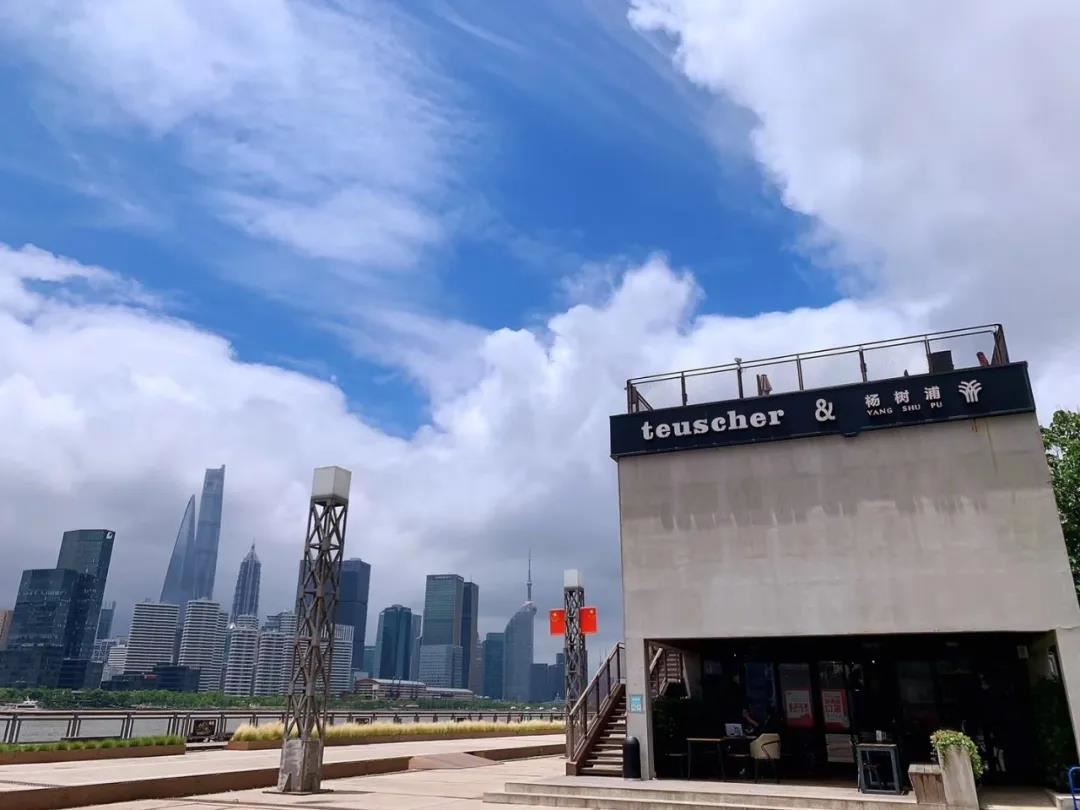 杨浦滨江竟隐藏着颜值与内涵并存的咖啡厅,这里曾是上海船厂一间老厂房,一楼有一台历史悠久的发电机,结合工业风的建筑设计,传统与时尚相碰撞,造就了杨浦滨江又一个“打卡”新去处~瞭望杨浦滨江的靓丽风景线,吹着江风,喝着咖啡,别提多惬意了。
杨浦滨江竟隐藏着颜值与内涵并存的咖啡厅,这里曾是上海船厂一间老厂房,一楼有一台历史悠久的发电机,结合工业风的建筑设计,传统与时尚相碰撞,造就了杨浦滨江又一个“打卡”新去处~瞭望杨浦滨江的靓丽风景线,吹着江风,喝着咖啡,别提多惬意了。
“智者乐水”,上海之所以能成为全球城市也得益于这种自然环境。得自然之理,水构成了充满生命和活力的城市空间核心。上海在历史上因水而兴,上海位于水网地带,自明代以来,黄浦江水系繁盛,成为上海的水上大动脉,在1990年浦东开发开放后,也成为上海城市空间的核心。城市经历了从工业社会向后工业社会转型的过程,黄浦江滨江带也经历了从工业岸线向公共开放空间的转型。这个转型是城市产业发展和城市空间品质提升的必经之路,与许多国际化大都市的城市空间转型基本上是同步的。
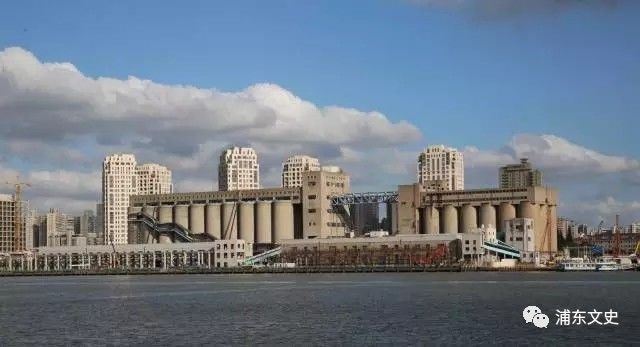
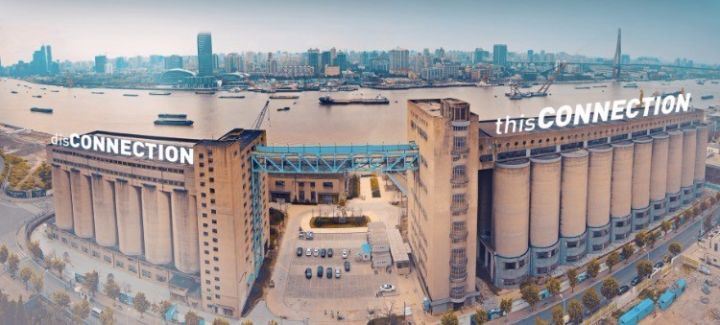
百年粮仓变身“东方百老汇”: 民生码头8万吨筒仓
民生码头原为上海港散粮、散糖装卸专业码头,旧称英商蓝烟囱码头,始建于1908年,是当年远东最大的码头之一。从安妮女王时代的精致优雅到工业时代的粗狂有力,百年建筑变迁史在民生码头展现得淋漓尽致。远远看去,30个大筒组合非常壮观,还保留着破败的窗户,工厂的铁门依旧粗犷。随着黄埔江岸线产业转型,工业革新,昔日亚洲最大粮仓,在一期改造、整体运营下,逐渐向公众展现出从物质粮食仓库到精神宝库的蜕变。隔江远眺,这一“庞然大物”显然与现今的上海建筑形式相差甚远,正是因为粗矿的气场,使得八万吨筒仓在黄浦江岸的建筑群中尤显独特。整个建筑由两座高大筒式建筑组成,容量分别为8万吨和4万吨,八万吨筒仓建造于1995年,4万吨筒仓建造于1975年,两座粮食筒仓彼此相连屹立在江边。2020年开始,民生码头区域启动整体性开发改造,构建一个以创意创新商务办公、创新交流品牌展示、文化艺术展演和商业休闲体验为核心功能的城市综合体,融合新理念、新要素、新业态、新功能,以历史为根、民生为本、创新为核、文化为翼,打造东岸滨水新地标。
Minsheng Wharf Waterfront Landscape: Old grain silo to become art and culture landmark
The 80,000-ton silo warehouse is the most powerful industrial heritage on Minsheng Wharf. Although having existed for only 22 years, it possesses great conservation value in its extinct architectural typology. Asia's once largest grain silo,the 48-meter-tall silo with total storage of 80,000 tons at Minsheng Wharf along Huangpu River.It was built by a British shipping company in the early part of last century and was once the largest in Asia. The 48-meter-tall silo, built by a British shipping company in the early part of last century, was once the largest in Asia and stored most of the city’s grain in its heyday. The British shipping company Blue Funnel Line purchased the wharf during the reign of Emperor Guangxu (1875-1908) of the Qing Dynasty (1644-1911). It built the silo and warehouses between 1907 and 1925, making the wharf the most advanced facility of its kind in the Far East. The wharf area become a commercial and cultural zone, featuring art exhibitions, hotels and other facilities in both historic and newly built structures.
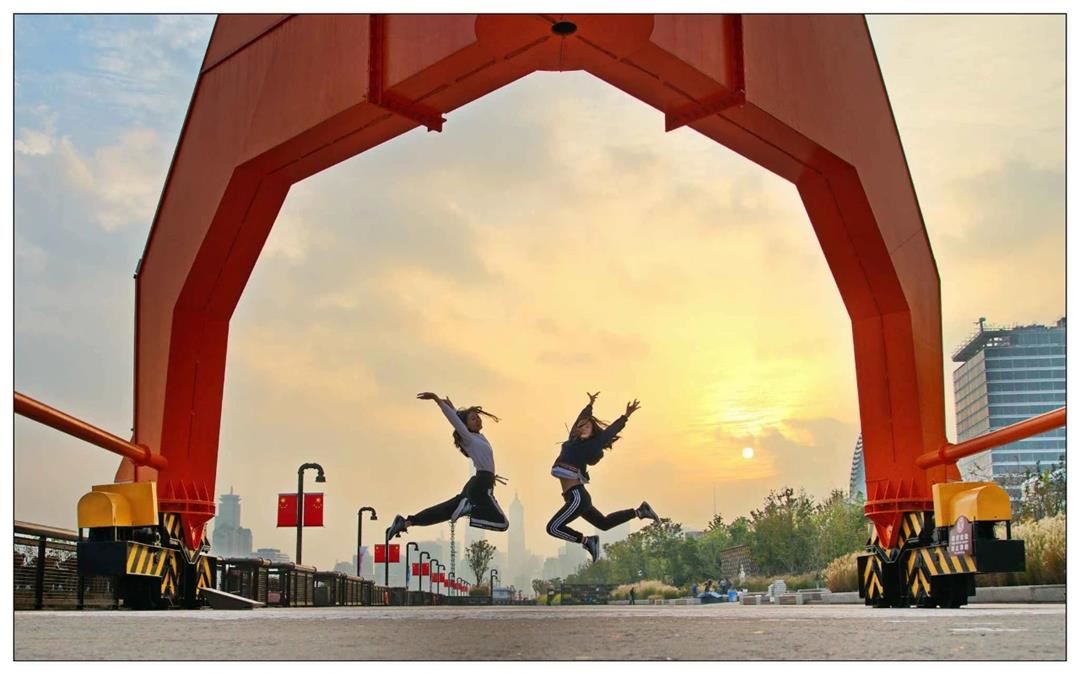
buildings.

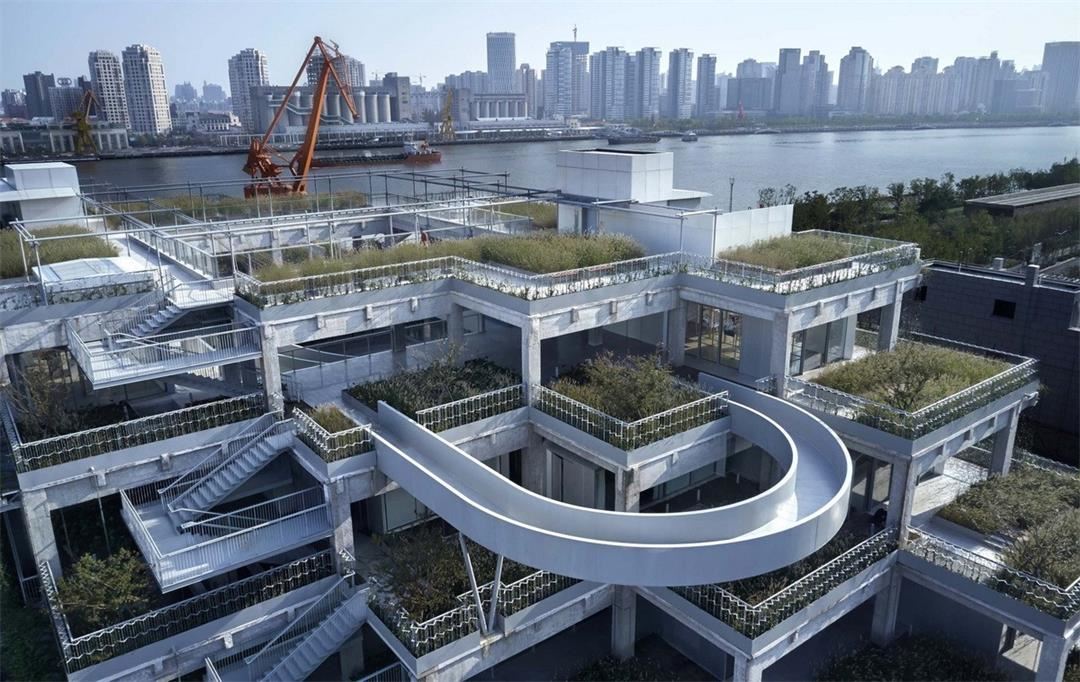
绿之丘-拆出来的钢铁森林
超大的露台、旋转回廊、顶楼芦苇荡步道和美丽的滨江江景……“绿之丘”一经问世就夺人眼球、令人震撼。
“绿之丘“是利用原烟草仓库改造而成,通过对城市脉络的敏锐洞悉,对各项技术可能性的严谨求证,提出了富有想象力的大胆设想,使得原本计划拆除的老建筑焕发生机。“绿之丘”位于杨浦滨江南段,由原烟草公司机修仓库改造而成。在城市功能更新与转型中,同济大学的建筑设计师团队,历经4年精心设计打磨,最终打造出了这座“空中花园”。如今它集城市公共交通、公园绿地、公共服务于一身,是被绿色植被覆盖、连通城市与江岸的建筑综合体,成为杨浦新晋打卡地标。
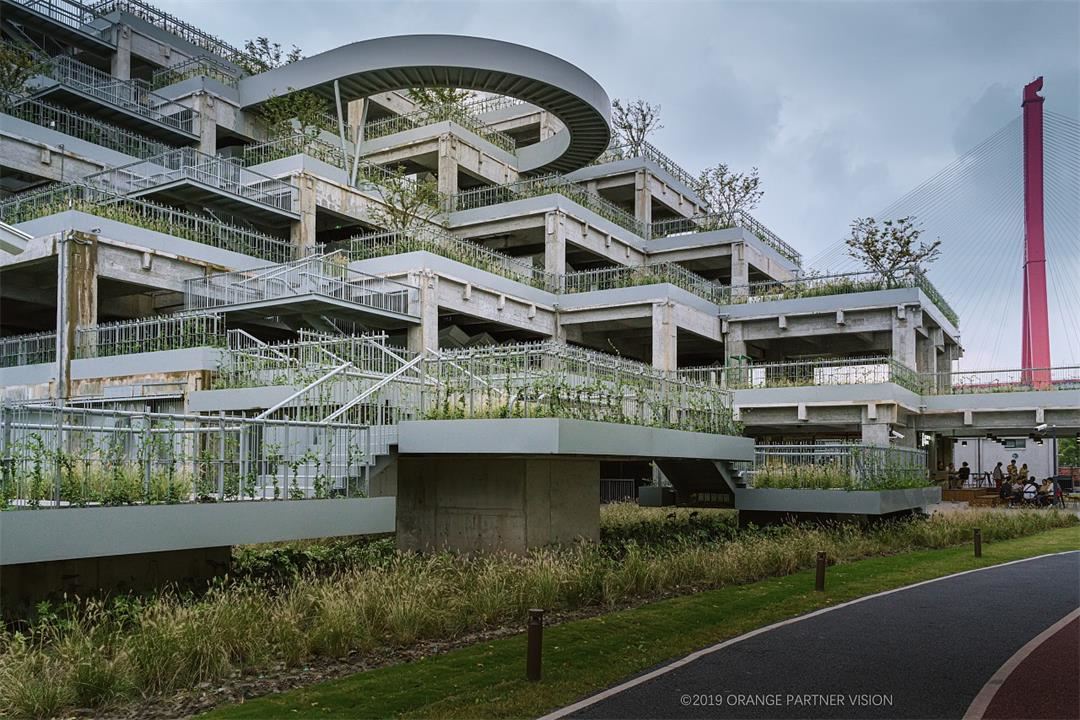 The Green Hill is believed to be the most popular place to take photos at Yangpu Riverside. As a former tobacco warehouse, the 60-meter-wide and 250-meter-long building used to be an obstacle on the riverside road. The architect removed the outer wall of the warehouse, creating layers of scattered platform extending to the Huangpu River. Reeds and dogtail grass were planted on each floor to fill the building with vitality. The best view is when you step onto the fifth floor semicircular skywalk - a panorama of the river unfolds before your eyes. It’s also a perfect spot to take photos of Yangpu Bridge. In addition to the building, the space inside is going to be designed into several art museums.
The Green Hill is believed to be the most popular place to take photos at Yangpu Riverside. As a former tobacco warehouse, the 60-meter-wide and 250-meter-long building used to be an obstacle on the riverside road. The architect removed the outer wall of the warehouse, creating layers of scattered platform extending to the Huangpu River. Reeds and dogtail grass were planted on each floor to fill the building with vitality. The best view is when you step onto the fifth floor semicircular skywalk - a panorama of the river unfolds before your eyes. It’s also a perfect spot to take photos of Yangpu Bridge. In addition to the building, the space inside is going to be designed into several art museums.
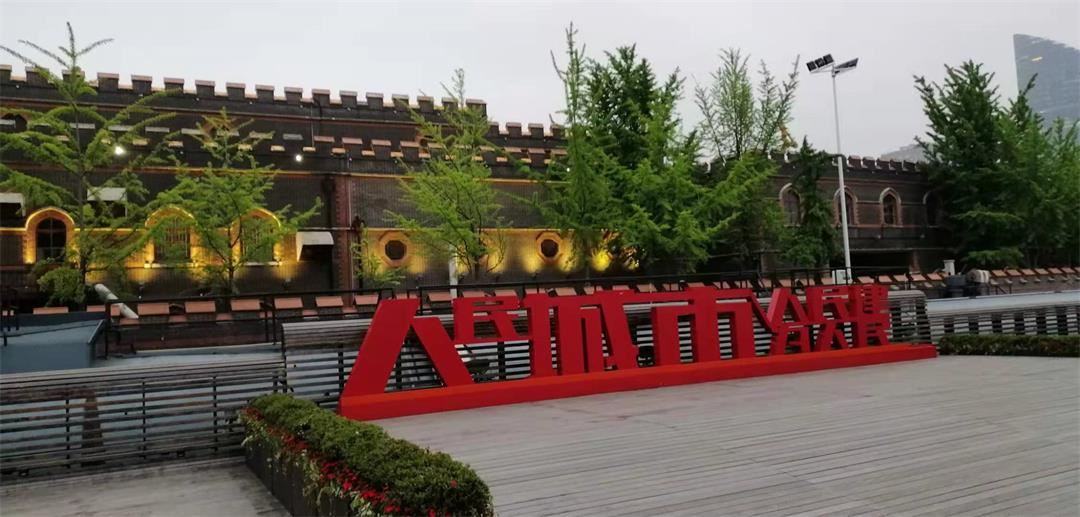
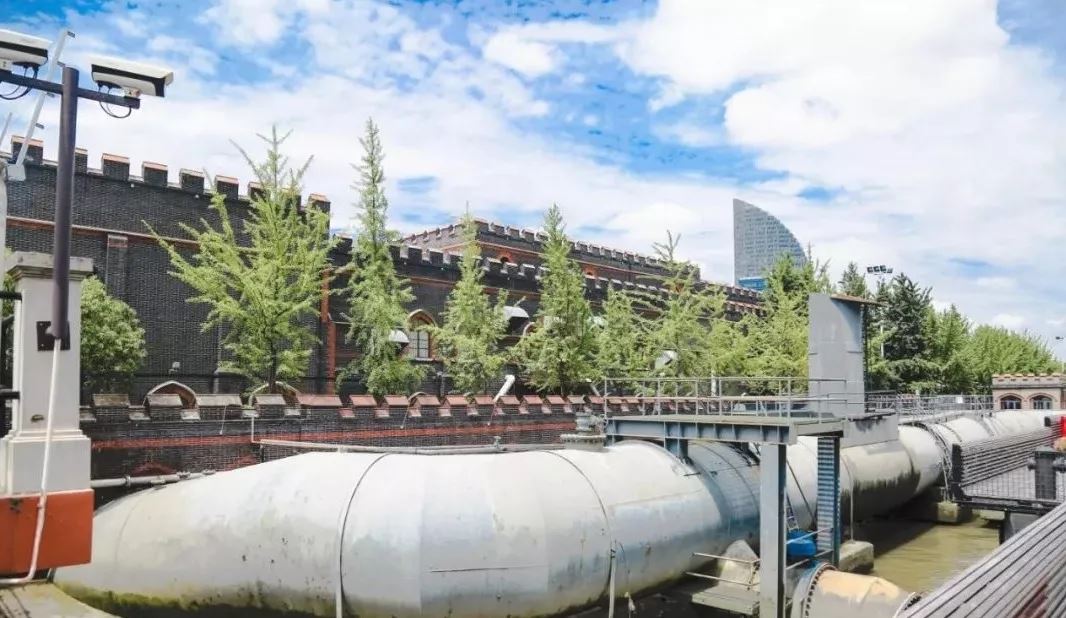
英国古城堡:杨树浦水厂
建筑的外形为英国传统城堡形式,承重墙用清水砖墙,嵌以红砖腰线,周围墙身压顶雉堞缺口,雉堞的压顶及窗框、腰线等均用水泥粉出凸线,墙面转折交界处为水泥隅石形状,如同一座中古时代的英国城堡。杨浦区水厂2013年被列入第七批全国重点文物保护单位。它的外形非常特别,比起工业厂房,红砖堆砌起的承重墙,外形巨大的水管,让它看起来更像是英国传统城堡。
On the way to the waterfront from Yangshupu Road, an English-style castle with a chimney is in the spotlight. It was Shanghai’s first waterworks established by Li Hongzhang in 1883. The building, constructed by British merchants with distinctive architectural features, is well-preserved and rarely seen in China. It is worth mentioning that the waterworks is still in use. It provides domestic and industrial water use for about two million Shanghai residents living in Yangpu, Hongkou and Putuo districts.
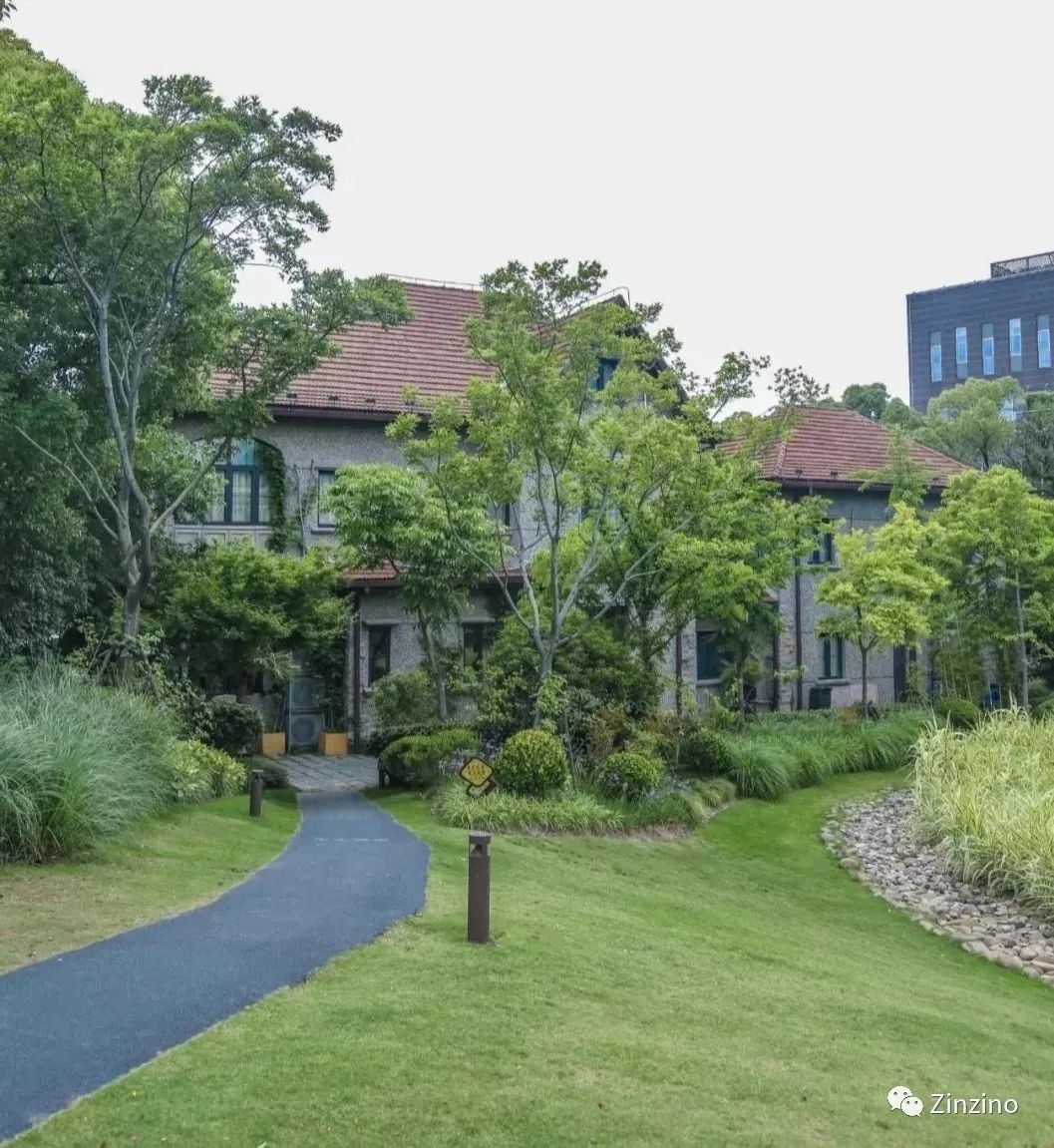
怡和1915咖啡:Jardine Cotton Mill Tai Pan's Villa coffee house
位于杨树浦路1056号。该建筑建于1915年,为当时英商杨树浦纱厂的大班住宅。房屋为假三层结构,卵石墙面。现为咖啡厅。室内保存了当时的彩色玻璃、壁炉、门窗和楼梯。建筑旁边是高颜值的雨水花园。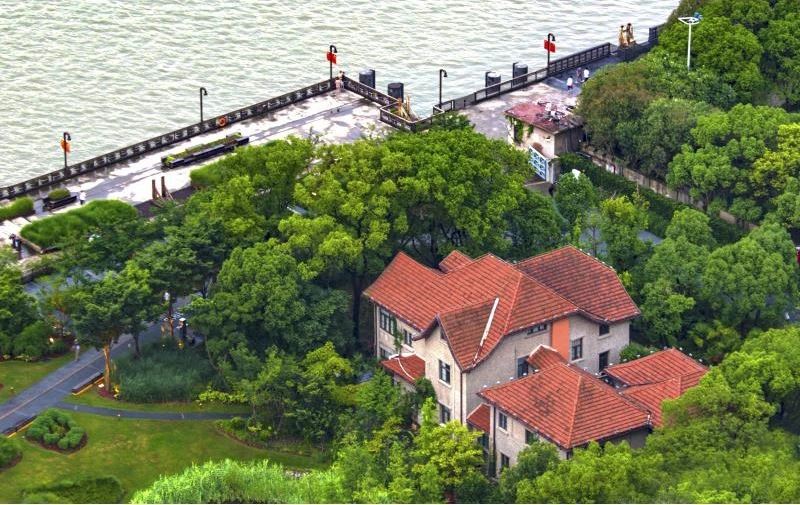
免责声明:
本活动为非盈利户外公益活动,可能存在其他风险因素。团队的任何一名队员都应本着:“尽力救助,风险自担”的原则参加这次活动,参与人员选择共同参与,属于自愿行为,双方不存在强制性约束力。并且明确知道此次活动不存在合同范畴的权利义务关系。
主办方负责对活动进行组织协调,如活动中发生意外事故,组织者有义务组织救援,但不承担任何法律和经济责任,特此申明!
如活动中产生经济与身体损害,由受损害人和本组织声明依法解决,特此声明。凡报名参与此次活动,均视为已阅读并认可本声明,活动开始后本声明自动生效并表明你接受本声明,否则,请在活动开始前退出!参加活动请自行购买当日意外险,未购买活动当日意外险的谢绝参与活动!
照片说明:默认主办方拥有活动当天所有
相关照片的使用权、传播权。如有异议,请提前与领队沟通,否则默认同意上述条款。
报名成功后请扫描添加下方领队微信,以获取最新行程安排:

Event Tags
Recently Participation
-
 用户_1752Like
用户_1752Like(3年前)
-
 曈话镇Register
曈话镇Register(3年前)
-
 曈话镇Like
曈话镇Like(3年前)
-
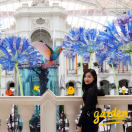 zhangLike
zhangLike(3年前)
-
 276354***Like
276354***Like(3年前)
-
 用户_5856Like
用户_5856Like(3年前)






 遇见城市部落CW
遇见城市部落CW

